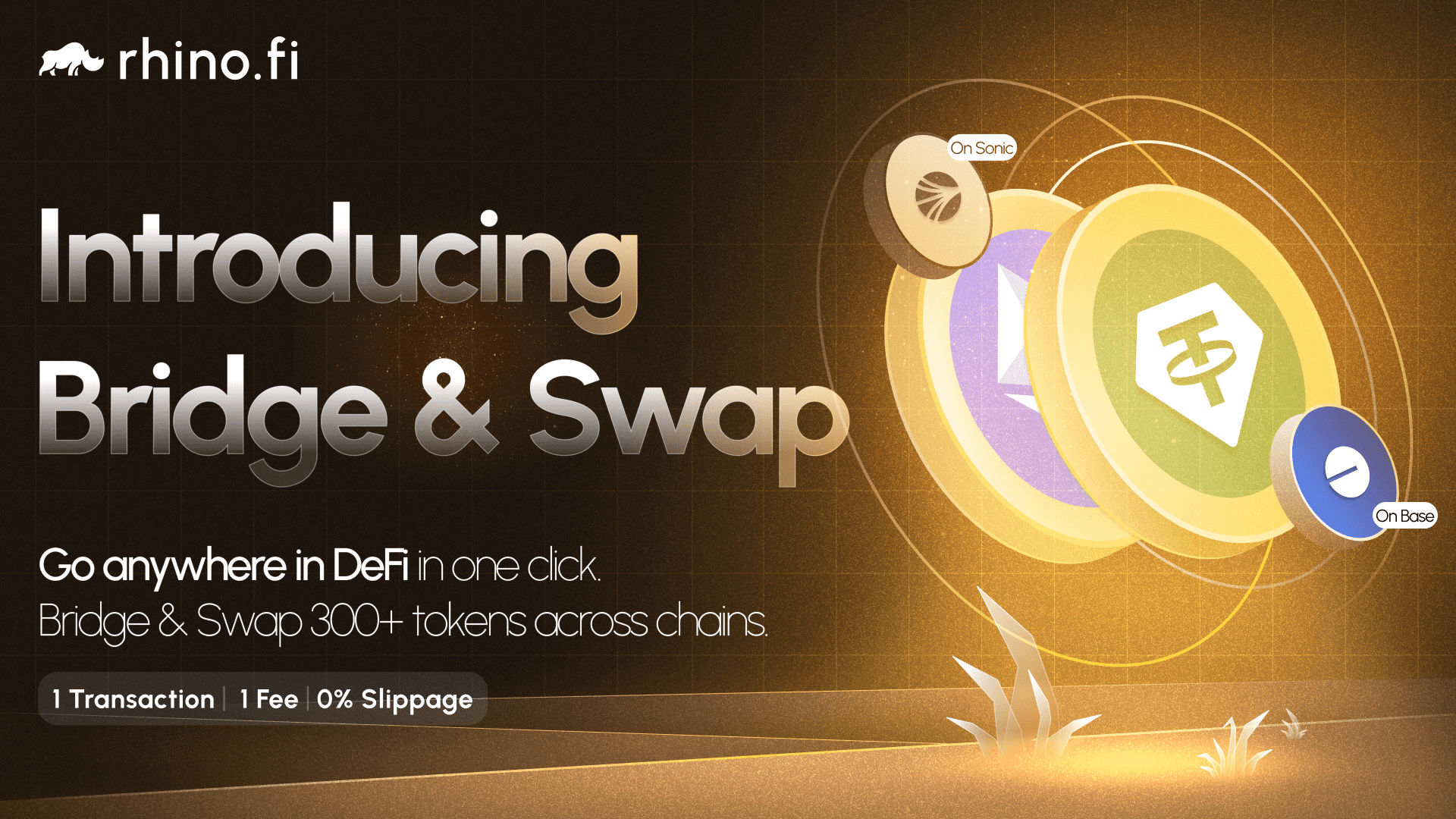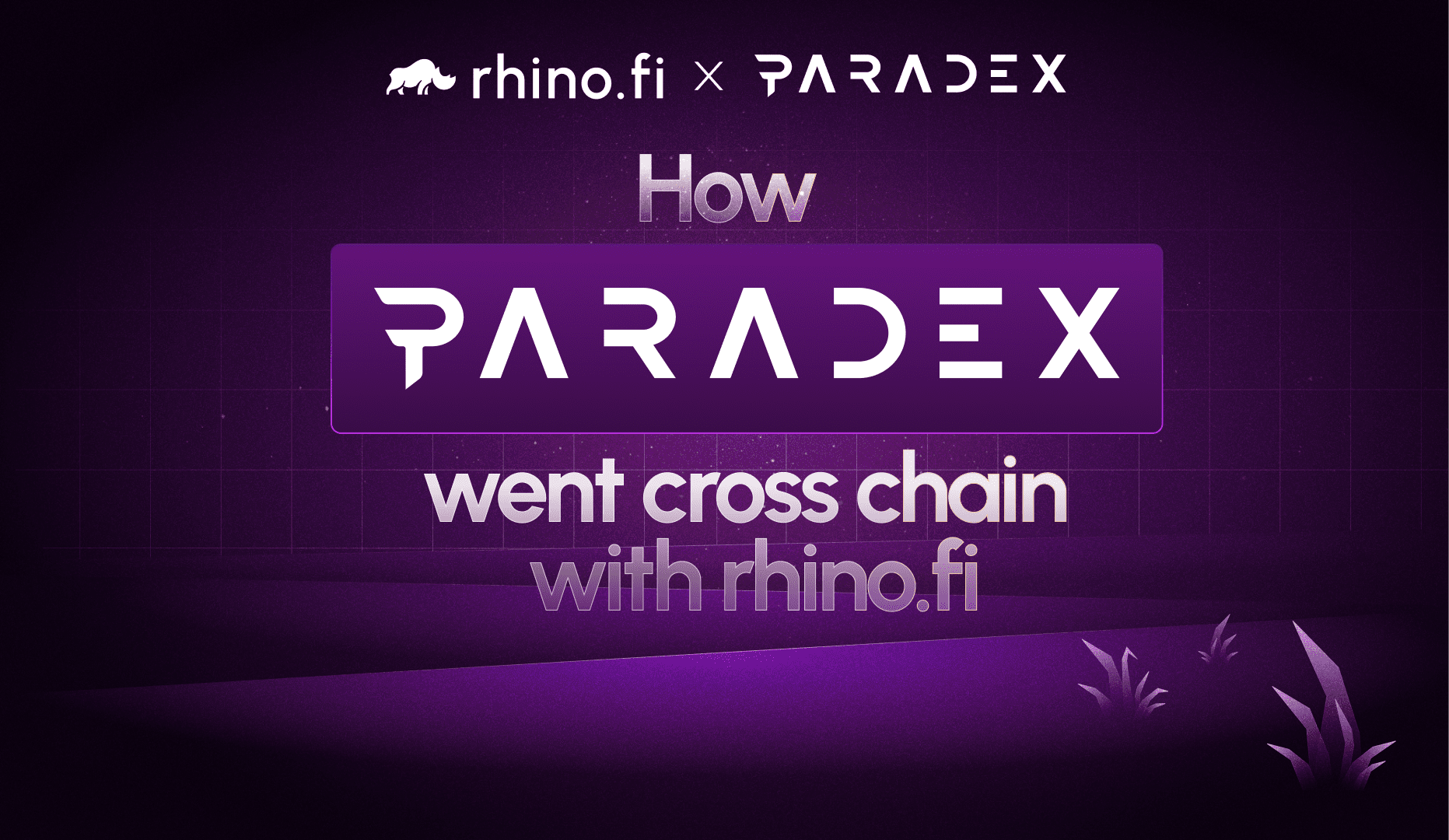Centralised exchanges (CEXs) essentially apply the old fiat banking model to the crypto world. You deposit your funds and trust the exchange to manage them for you. In the case of a decentralised exchange (DEX), however, you keep control of your funds at all times.
Now we’re not trying to bash CEXs here. They face stricter regulation than DEXs, and they are usually extremely responsible. However, as we’ve seen with the collapse of the FTX exchange, the CEX model can unravel when the overseers make bad decisions.
In fact, when you drill down into the practical differences between CEX and DEX models, there are a whole bunch of reasons why the latter is preferable.
1. Security against hacks
During the FTX collapse, a hacker exploited the chaos to siphon around $300 million in Ethereum tokens. It was the latest in a string of high-profile CEX attacks, going all the way back to Mt. Gox, one of the original Bitcoin trading platforms, back in 2011.
Thankfully these hacks are relatively rare. But the point is that when a CEX is hacked, or suffers other internal issues, you could lose ALL the assets deposited on the exchange: public and private keys are kept in a central database, which creates an obvious target for hackers.
With DEXs, on the other hand, your keys stay in your (virtual) pocket and nothing happens without your consent. On rhino.fi, we have created a system of user signatures to give you total control of the transactions you make. We cannot touch your funds unless you give explicit consent.
So whatever you do, whenever you do it, you stay in control.
2. Privacy
As mentioned earlier, CEXs face heavier regulation than DEXs. However, the weight of regulation carries some privacy complications.
To create an account, you have to follow know-your-customer (KYC) rules and comply with other requirements, forcing you to hand over your data. This increases the consequences of a hack; in 2019 alone, crypto hacks resulted in the theft or loss of more than 500,000 pieces of customer data.
The data risks of CEXs were further demonstrated just a few months ago, when the founders of the Celsius network released transaction data from around half a million users during bankruptcy proceedings.
3. Transparency
DEXs are true to the original values of crypto. They don’t require a central intermediary, and operate purely through the power of smart contracts.
This means that all transactions are posted on the relevant blockchain, and you can have total faith in the system.
4. Trading variety
DEXs offer a range of different trading options, to suit all traders of all levels.
As well as conventional order-book trading, DEXs have pushed the concept of automated market makers (also known as AMMs) – a form of algorithmic trading which allows you to buy from and sell into pre-filled liquidity pools instantly, with no need for a trading partner. Prices are adjusted by the algorithm in real time, in response to trading activity.
CEXs offer these variations too, but DEXs are very much pioneers of the concept.
How rhino.fi has created a DEX with CEX simplicity
There are some benefits of CEXs, to be sure. They typically offer greater liquidity than DEXs, they offer lower fees on certain trades and they are designed with a simple UX, which is great for newer users.
At rhino.fi, we feel we’ve created a multi-chain DEX that harnesses all these benefits, so you get the best of CEX trading with the freedoms and protections of decentralised trading.
Here are some of the key attributes of our exchange:
- Low-cost. Because rhino.fi is a layer 2 exchange, semi-autonomous from the main Ethereum blockchain, transactions avoid the congestion of layer 1. This means greater speed and lower transaction fees, with better rates for certain pairs than you’d get on a DEX.
- Liquidity. We aggregate some liquidity from CEXs for certain coins, which means you get the same slippage protection as you would with a CEX and can enjoy the dynamism of decentralised, layer 2 swap and trade features.
- UX agility. We are striving to create a ‘layer X’ that unites layers 1 and 2. We’ve abstracted away the typical painpoints of DeFi, like complex bridges and native gas tokens, so you can make cross-chain swaps as easily as ERC-20 transactions.
We’re very much a DEX, but we’ve strived to combine the best of both worlds.
Ok, that’s all for now. Now the next time someone wants to get into the ‘CEX vs DEX’ debate with you, you can raise the benefits of DEXs in confidence.
If you’d like to explore a related topic, check out our deep-dive on the differences between layer 1 and layer 2. You’ll be able to explore their contrasting benefits and see why the distinction is fundamental to DeFi trading.





